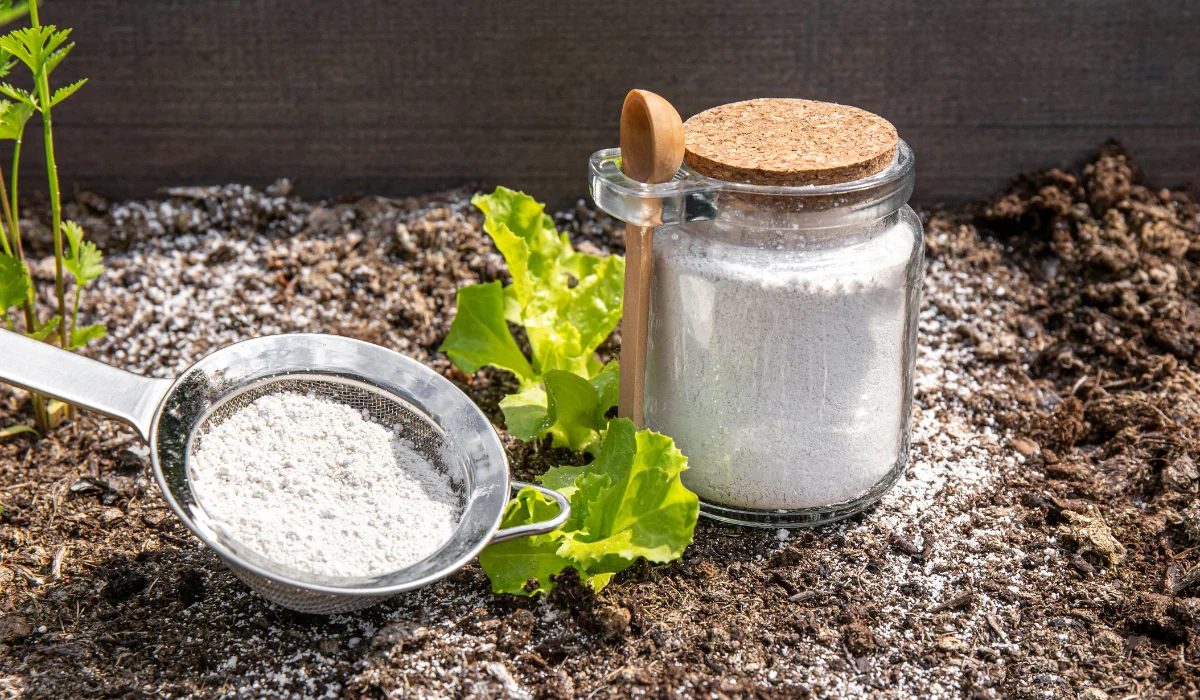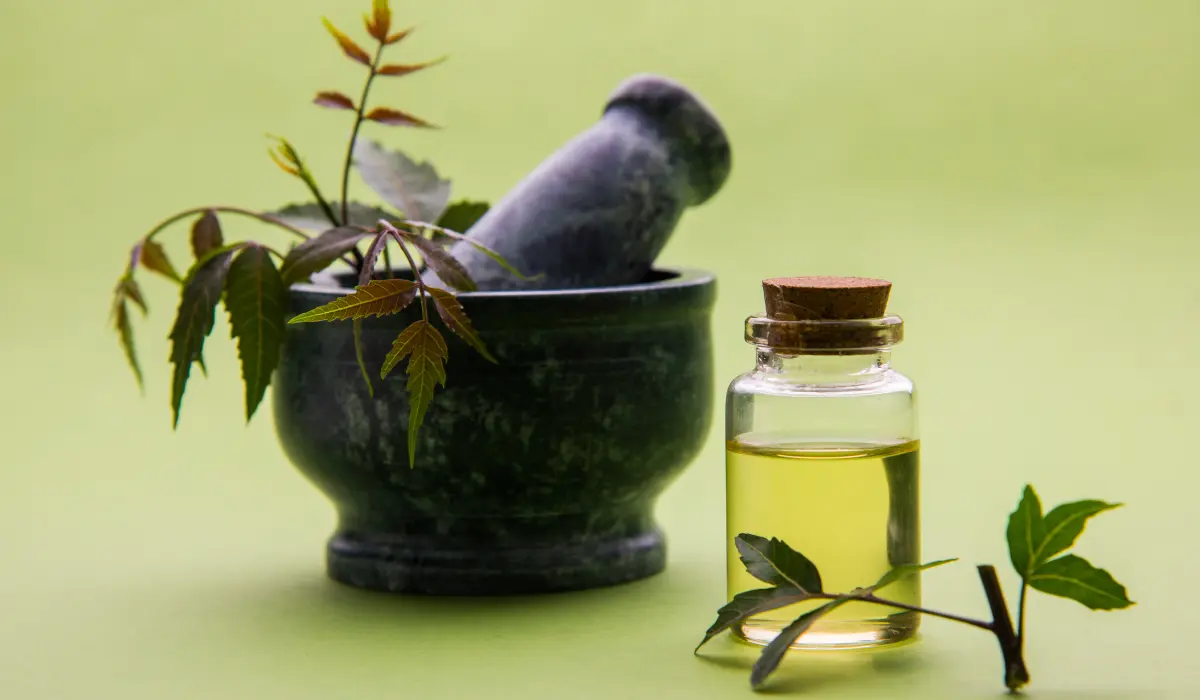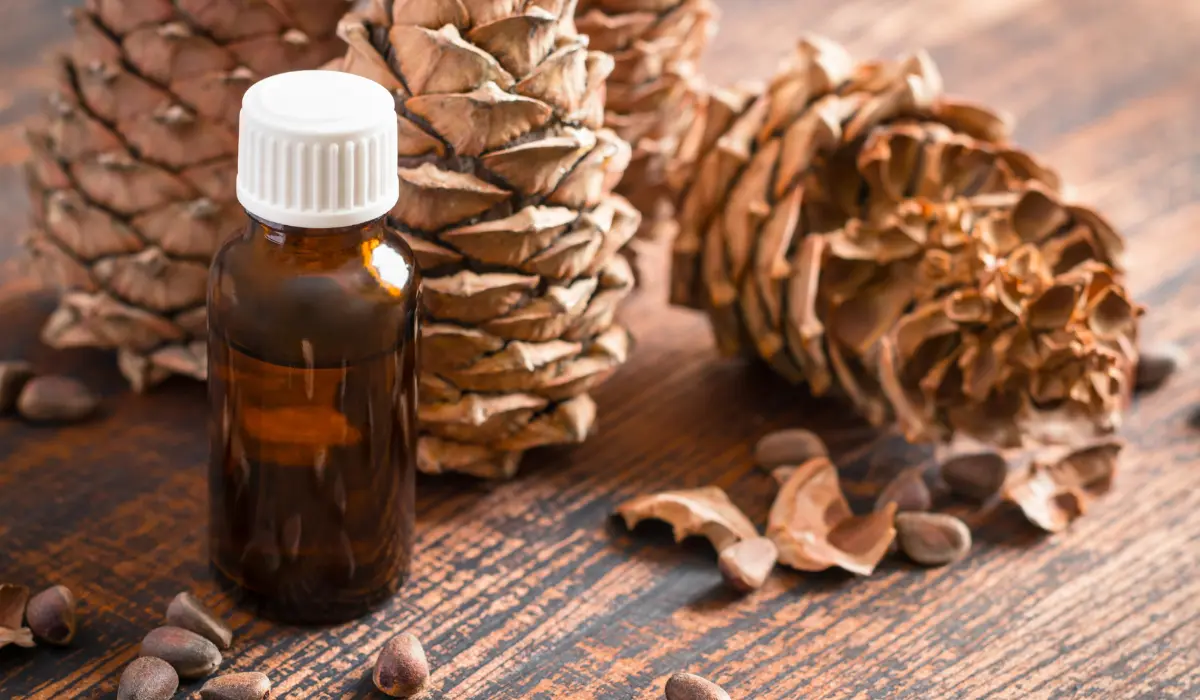Is Pest Control Safe for Pets? Here’s What to Know
In Florida, warm weather means more pests, such as fleas and mosquitoes, which can be a nuisance to pets and humans alike.
But when it comes to getting rid of these pests, pet owners worry: are the treatments safe for their furry friends? With advancements in pest control, there are pet-friendly options available.
However, pet owners must investigate these claims, focusing on the chemicals used and their effects. Keeping your home pest-free and safe for pets requires careful choice.
So, what's the real deal with pet-safe pest control in Florida? Stay informed to protect your pets.
Key Takeaways
- Pet safety is crucial when choosing pest control methods, and options range from chemical to natural pet-friendly solutions.
- Pets exposed to pest control treatments can exhibit behavioral changes, gastrointestinal issues, neurological signs, respiratory problems, and skin reactions, requiring immediate veterinary care.
- Choosing pet-safe pest control products involves checking labels for safety certifications and avoiding toxic ingredients.
- Preventative measures and professional pest control services offering tailored, pet-friendly solutions are essential to avoid pest infestations.
Pet-Friendly Pest Control Practices
In ensuring the safety of pets, it's crucial to choose pest control options that are non-toxic and safe for animals.
Two key aspects include selecting the right products and applying methods safely.
Choosing Pet-Safe Products
Selecting the appropriate pest control products that won’t harm your pets involves checking labels for safety certifications and avoiding certain toxic ingredients.
Here's a closer look at a guide to choosing safe pest control products:
Product Type | Safe Active Ingredients | Labels to Look For | Ingredients to Avoid |
Insecticides | Pyrethrin, Diatomaceous Earth | Pet-Safe, EPA-Approved | Organophosphates, Carbamates |
Rodenticides | Vitamin D3, Cellulose | Indoor Use, Tamper-Resistant | Bromethalin, Zinc Phosphide |
Repellents | Peppermint Oil, Citronella | Natural, Safe for Pets | DEET, Permethrin |
Baits | Boric Acid, Hydramethylnon | Tamper-Resistant Bait Stations | Metaldehyde |
Safe Application of Pest Control Methods
Your safety is paramount when dealing with pest issues using pest control methods. Here are some best practices you can follow:
- Remove pets from the treatment area: Always remove pets before applying any pest treatment. It prevents direct exposure to chemicals or traps.
- Proper ventilation: Ensure the area is well-ventilated during and after applying the product to help dissipate fumes or airborne particles.
- Wait before re-entry: Follow the product's guidelines for how long it takes to allow pets back into the area. This waiting period lets products settle and minimizes risk.
- Integrated Pest Management (IPM): Consider using IPM strategies that focus on long-term prevention through techniques such as habitat manipulation and pest-resistant varieties, which are often safer for pets.
Alternative Pest Management Strategies
Choosing safe and effective pest management strategies is crucial to protect your pets from the dangers of an infestation.
Natural Repellents and Solutions
Various DIY remedies and commercial products exist that you can integrate into a pet-friendly pest management plan.
Here’s a closer look at some of the typical ones you’ll find in the market:
Natural Repellent | Pests Targeted | Benefits for Pets |
Diatomaceous Earth
| Fleas, cockroaches | Non-toxic; safe if ingested |
Neem Oil
| Bed bugs, termites | Natural, pet-safe insecticide |
Vinegar
| Ants, fleas | Non-toxic, multi-purpose cleaner |
Cedar Oil
| Fleas, roaches | Natural repellent with a pleasant scent |
Essential Oils (e.g., lavender, peppermint)
| Various insects | Must be used cautiously as some can be harmful to pets |
Preventative Measures to Avoid Pests
As homeowners, you’re the first line of defense against pest infestations.
So, taking proactive steps to prevent common pests like fleas, bed bugs, roaches, and termites is essential.
Here’s a home maintenance checklist so you won’t miss a spot:
- Seal Cracks and Openings: Regularly inspect and seal any cracks or openings in walls, floors, and foundations to block entry points for pests.
- Proper Food Storage: Store food in airtight containers to prevent attracting pests like cockroaches and rodents.
- Regular Cleaning Routine: Sweep, vacuum, and mop regularly to remove crumbs and residue that may attract pests.
- Control Moisture Levels: Fix leaky taps and ensure basements and crawl spaces remain dry; damp areas attract termites and other pests.
- Trash Management: Keep trash bins sealed and dispose of waste regularly to prevent attracting pests.
- Clutter Reduction: Minimize clutter where pests can hide and multiply.
Professional Pest Control and Pets
When seeking professional pest control services, you should consider experts adept at handling environments with animals.
So, it's essential to ensure both the efficiency of the extermination process and the safety of furry family members.
Working with Pet-Friendly Pest Control Experts
Choosing the right pest control company means finding one that prioritizes your pet's safety. Here's what to look for:
Criteria | Why It Matters |
Experience with Pets | Professionals accustomed to working in pet-inhabited homes will know the precautions to take. |
Safe Products for Pets | Pest control products should be safe for use around animals. |
Clear Communication | A good exterminator will provide thorough explanations of treatment plans. |
Post-Treatment Advice | After-care advice is crucial for maintaining a pet-safe environment following pest control. |
Preparing Your Home and Pets
During pest management services, preparation is vital when ensuring your pets remain unharmed.
Here’s a checklist you can follow before the pest control technicians arrive:
- Secure Pets: Place pets in a kennel or room away from the treatment area.
- Relocate Fish Tanks: Cover fish tanks to prevent contamination and consider temporary relocation.
- Inform the Technician: Discuss the presence of pets and specific safety concerns.
- Clean the Home: Tidy up to remove pet food or toys that might get in the way or be contaminated.
Is It Time to Call the Experts?
Sometimes, the do-it-yourself approach to pest control might seem like the way to go. And sure, for a minor ant parade or a lone spider cowboy, that can work. But when the problem scales up, you might need to reconsider.
When the well-being of four-legged family members is at stake, it's not just about pest control—it's about peace of mind. Better safe than sorry, so if there's any doubt, it might be wise to pick up the phone.
Professional pest control companies (like us, here at Native Pest Management) have the training and tools to fight the creepy crawlies without turning the home into a danger zone for pets.





